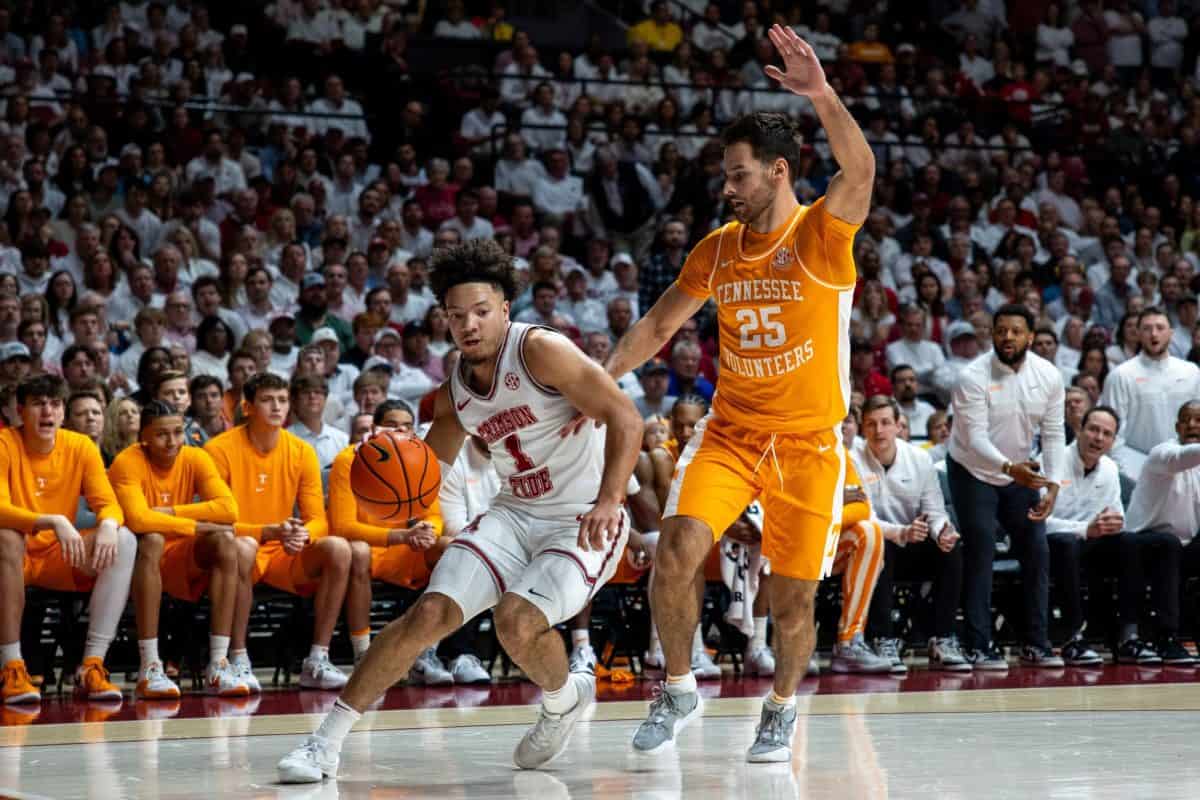What is live theater? I’ve heard it defined as “one man walking across a stage and another man watching him.” This functional (albeit simplified) definition has served theatergoers for years unquestioned, but now the quandary has arisen: “Does the second man need to share the same space as the first?” In a world where filmed television is king, some theaters have decided, “if you can’t beat ‘em, join ‘em!”
The filming of live theater has always been used for preservation purposes, but beginning in the mid 1980’s, Broadway producers decided to make some of Broadway’s greatest classics more accessible by filming performances of shows like “Sunday in the Park with George” and “Peter Pan” to be distributed on film. While these films were somewhat successful, the past 5 years or so has seen a massive increase in the number of Broadway performances that are being preserved in cinema such as “Memphis” and “Act One.” But the problem with these movies is that they’re not really “live.” Sure they capture true stage performances, but as often as not the show is already closed by the time the footage is released. How can such a delayed viewing be considered live?
If Broadway couldn’t master the filming of live theater, perhaps TV could. Over the past three years, television companies have started mounting broadway-esque productions of classic musicals for a one-night-only performance in a sound studio to be broadcast “live” all over the world. NBC started the trend with their broadcast of “The Sound of Music” in 2013 and “Peter Pan” the following year and while these productions are hardly considered theatrical triumphs, they did earn great ratings for the NBC and seemed to remind producers and viewers alike that there is something special about “live” theater. In fact, they were so successful that NBC is partnering with Cirque Du Soleil to put on a “live” production of “The Wiz” this December and Fox is following suit with “Grease” in January. But despite the undeniable “liveness” of these performances, there are many who claim it doesn’t qualify as “theatre.” TV stars on a sound stage with no audience can hardly capture the same energy and life-force that seems to indwell stage stars. The spectacle of Broadway simply can’t fit in a television studio.
Thankfully, where American theater and television have failed, our friends across the pond have triumphed. In 2009, the National Theater of London embarked on a project called “National Theater Live” in which they would film select performances on their stages and broadcast them to normal movie theaters world-wide. Thanks to this initiative, for the first time ever, audiences from the Bahamas to Belgium to Birmingham can see actual stage productions ranging from “Othello” to “The Curious Incident of the Dog in the Nighttime” in the exact same instant that they happen.
However, despite the valiant attempts made to bottle up the magic of live theater, any theatergoer will agree that it simply cannot be done. There is an electricity generated by being in the same room and breathing the same air as the performers on stage that no film could ever recreate. However, what a filmed performance can do is remind us of how great it was (or how great it could be) to see a live performance and feel that electricity. So for those of us who don’t have a time machine to see the original “Sunday in the Park” or a plane ticket to see a show in London or New York, we’ll watch these filmed performances not to replace the real thing, but to further fuel our resolve that one day we’ll be there, we’ll experience that magic, and we will truly be alive.








